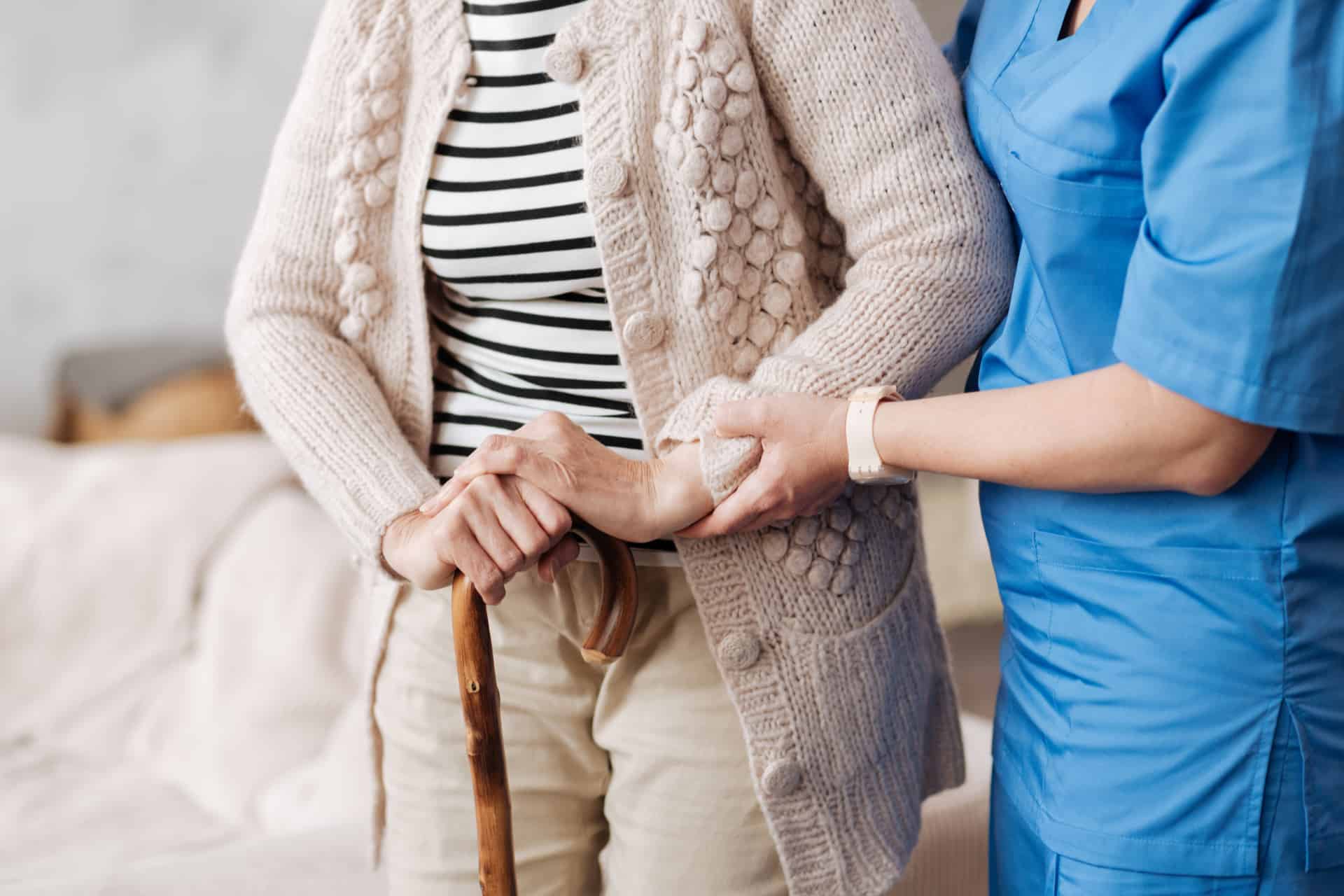A Predicament for Home Healthcare Workers: Uncontrolled Environments
As baby boomers age, the need for nurses and home healthcare workers will continue to climb. The Census bureau expects the number of people over the age of 65 to nearly double from 2012 to 2050. In addition to a large aging population, more people are preferring to receive medical treatment and end of life care at home, as opposed to assisted living centers or hospitals. According to a 2010 AARP survey nearly 75% of respondents (all age 45+) strongly agreed with the statement, “what I’d really like to do is stay in my current residence for as long as possible”. With more individuals falling in the 65+ age bracket and requesting healthcare at home the demand for nurses and home healthcare workers is skyrocketing. In fact, the demand for home healthcare workers is slated to increase by 36% between 2018 and 2028.
What does this mean for home healthcare workers? With more employment opportunities becoming available home healthcare workers can afford to be selective regarding the healthcare institution they work for. This means healthcare organizations need to put considerable effort into attracting and retaining skilled home healthcare employees. How can healthcare organizations do this?
Understand the issues and risks home healthcare workers face. Home healthcare employees face unique challenges everyday by working within uncontrolled environments. This includes traveling to unfamiliar neighborhoods and entering patient’s homes. These uncontrolled environments contain a multitude of safety and health hazards such as…
- Interacting with irate patients and high-strung family members. At best, this can be an annoyance or a distraction. At worst, upset patients and family members can be a source of verbal and/or physical abuse.
- Working within high crime areas
- Working long shifts late at night
- Trips, falls, and sprains due to cluttered spaces or needing to move a patient
- Injury due to hostile pets or animals
- Working alone
According to an International Association for Healthcare Security and Safety (IAHSS) survey, 61% of home healthcare nurses have experienced some form of workplace violence.
Let home healthcare employees know your organization prioritizes safety. Job safety always starts with a solid foundation of training and instruction before entering the field. Healthcare organizations should provide employees with quality training oriented specifically towards the unique risks home healthcare workers encounter. For example, offering specific instructions on how to provide the best care while operating within a cluttered home with many tripping hazards. Provide de-escalation training so that home healthcare workers know how to communicate effectively with an angry patient during a tense moment. Other measures healthcare organizations may implement to improve home healthcare worker safety include…
- Equipping home healthcare workers with panic buttons
- Deploy home healthcare workers in pairs so they are not alone
- Strive to schedule only daytime visits to patients
- Perform a thorough risk assessment on patients and their homes before assigning a home healthcare employee
Expanding on the first bullet point above. Equipping home healthcare employees with a panic button system provides them the opportunity to discreetly signal for help when in distress. 911Cellular’s Bluetooth Panic Buttons and Mobile Safety App both serve as tools to connect healthcare workers quickly with safety forces regardless of where they are.
The Mobile Safety App even allows home healthcare employees to signal for emergency assistance without having to unlock their smartphones. Bluetooth Panic Buttons can be used to signal for emergency assistance, especially when access to a computer or smartphone is not possible. When a panic activation is initiated, both the Mobile Safety App and Bluetooth Panic Buttons have the ability to send hyper-accurate location information to safety forces. Additionally, location tracking continues throughout the duration of the panic activation. This allows safety forces to remain abreast of the healthcare workers location as the emergency situation evolves.
The key to attracting and retaining great home healthcare workers is providing them with the assurance that they are safe on the job no matter where they are. If you are a healthcare organization and want to learn more about increasing the safety of home healthcare workers please visit our website or call us at 216-283-6100.
Tags: Workplace safety Hospital safety Healthcare safety Home healthcare Stay safe Public safety







